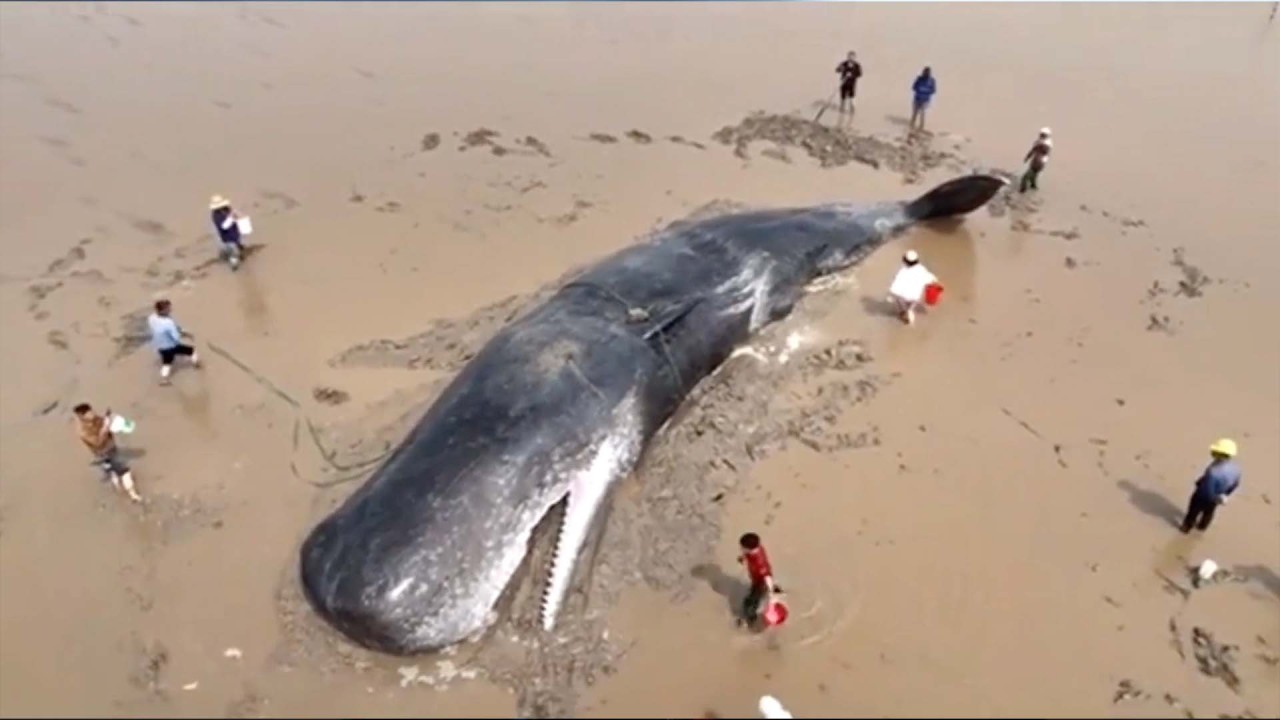
Why do killer whales off the US west coast keep dying? Chinese and American gene scientists have an answer
- Inbreeding is killing off ‘southern resident’ killer whales, US-Chinese joint research published in Nature Ecology & Evolution finds
- Conservation should focus not only on external but genetic factors as well, warns study which included scientists from US-sanctioned BGI-Research
The genetic threat, however, is not observed in other North Pacific orcas, according to the study published on Tuesday in the peer-reviewed journal Nature Ecology & Evolution.
The “southern residents” had the lowest levels of genetic variation and the highest level of inbreeding among the sampled North Pacific killer whale populations, genome sequencing of 100 living and dead members of the group revealed.
Inbreeding – or reproduction between genetically closely related parent organisms – reduces genetic diversity and is known to cause reduced biological fitness, or “inbreeding depression”. This involves a reduced ability to fight environmental stress and greater disease vulnerability, alongside higher juvenile mortality and lower fertility – thus decreasing the viability of wild populations.
Inbreeding depression had limited the southern residents’ population growth and would contribute to further decline if they remained genetically isolated, revealed the latest study, which included the first major findings from a whole-genome sequencing project that began in 2018.
Scientists from China’s BGI-Research, the Chinese Academy of Sciences, the US National Oceanic and Atmospheric Administration’s Northwest Fisheries Science Centre, and the Alaska-based North Gulf Oceanic Society took part in the study.
Conservation action should focus not only on environmental threats but key intrinsic genetic factors as well, the researchers suggested.
“The [southern resident orcas] exhibit low survival and fecundity relative to other populations and are thought to face a number of extrinsic threats, including contaminants, anthropogenic noise, and disturbance and reduced prey abundance,” the study said.
“If … the population remains both genetically isolated and small, inbreeding depression will probably become an even greater threat to the population’s persistence in the future as inbreeding increases through time,” it added.
“This is hard news for everyone who cares about this unique population of killer whales so closely tied to the Northwest,” said Marty Kardos, research geneticist at the Northwest Fisheries Science Centre and a lead author of the new study.

Co-lead author Zhang Yaolei said the team found that half of the group born since the 1990s were descended from two males.
“For wild animals, scientists could increase their genetic variation by encouraging them to interact with other pods. We need to find ways to avoid inbreeding,” said Zhang, a project scientist at the Institute of Digital Earth at BGI-Research – a non-profit division of BGI Group, the world’s largest genome research organisation.
The southern residents had less than half the chance of surviving to the age of 40 compared with other North Pacific killer whales, the study found. They also had only 1.6 calves on average, when two is the minimum to stabilise or grow a population.
As female killer whales take about 20 years to reach peak fertility, the southern resident ones might not be living long enough to ensure the growth of their population, the authors suggested.
Zhang said killer whales had been spotted in waters near China in recent years, as well as sperm whales, Bryde’s whales and short-finned pilot whales.
Improved water quality and prey population were attracting migratory marine mammals to the East and South China Seas, he said.
BGI-Research was among Chinese units and companies added to a US “entity list” earlier this month that limits access to American technology on security or human rights grounds.
The US government said there was a danger that some of BGI Group’s units might contribute to Chinese government surveillance.
“We will continue to advocate for open and inclusive global scientific collaboration with the aim of fighting diseases more effectively and improving the health of mankind,” it said in a statement.


